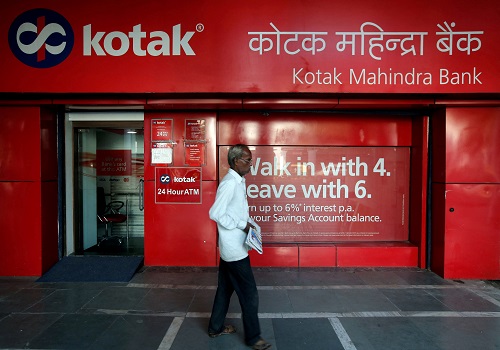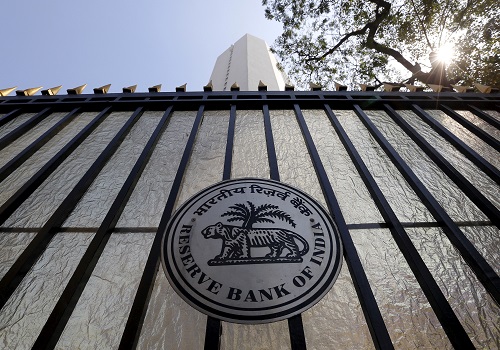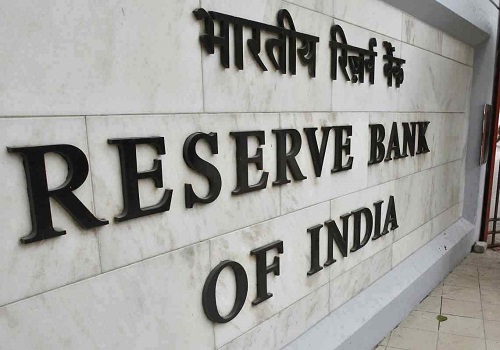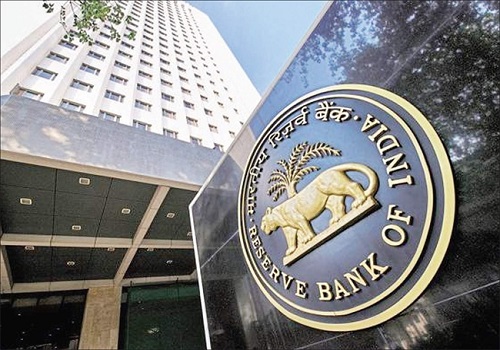RBI announces slew of regulatory changes for non-banking lenders
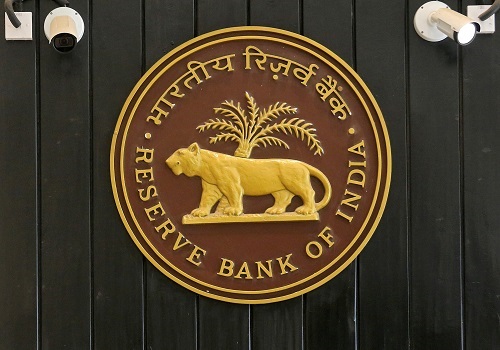
Follow us Now on Telegram ! Get daily 10 - 12 important updates on Business, Finance and Investment. Join our Telegram Channel
The Reserve Bank of India (RBI) has announced a slew of regulatory changes for non-banking lenders by amending the October 2021 circulars on scale-based regulations, which have brought in large NBFCs almost on par with bankers when it comes to addressing their credit risk concentration. The regulator issued four separate circulars: Large exposures framework for NBFCs -- upper layer; Disclosures in their financial statements; Scale-based regulation for capital requirements - upper layer; and Regulatory restrictions on their loans and advances. These are improvements on the October 22, 2021, circulars.
On the large exposure framework with the upper layer, the regulator said these prudential guidelines are aimed at addressing credit risk concentration in NBFCs and are set out to identify large exposures, refine the criteria for grouping of connected counterparties and put in place reporting norms for large exposures. The regulator said the sum of all the exposure value of an NBFC to a single counterparty cannot exceed 20 per cent of its available eligible capital base at all times.
However, the board can allow an additional 5 per cent exposure beyond 20 per cent but at no time higher than 25 per cent of its eligible capital base, if the NBFC has a board-approved policy, setting out conditions under which over 20 per cent exposure may be considered; and if it informs the RBI in writing the exceptional reasons for which exposure beyond 20 per cent is being allowed in a specific case. But the new norms allow an NBFC into infrastructure financing can exceed the exposure limit by 5 per cent of its tier I capital to a single counterparty - means 30 per cent of the tier I capital -- if the additional exposure is on account of infrastructure loan and/or investment in which case it can go up to 35 per cent.
However, the new norms retain the definition of tier I capital as defined in the master direction issued in 2016 for systemically important NBFC and said profit accrued during the year will be reckoned as tier I capital after making necessary adjustments as per the guidelines applicable. It said regulated entities have to obtain an external auditor's certificate on completion of the augmentation of capital and submit the same to the Reserve Bank before reckoning the additions to capital funds, and added an eligible capital base means tier I capital.












 320-x-100_uti_gold.jpg" alt="Advertisement">
320-x-100_uti_gold.jpg" alt="Advertisement">






